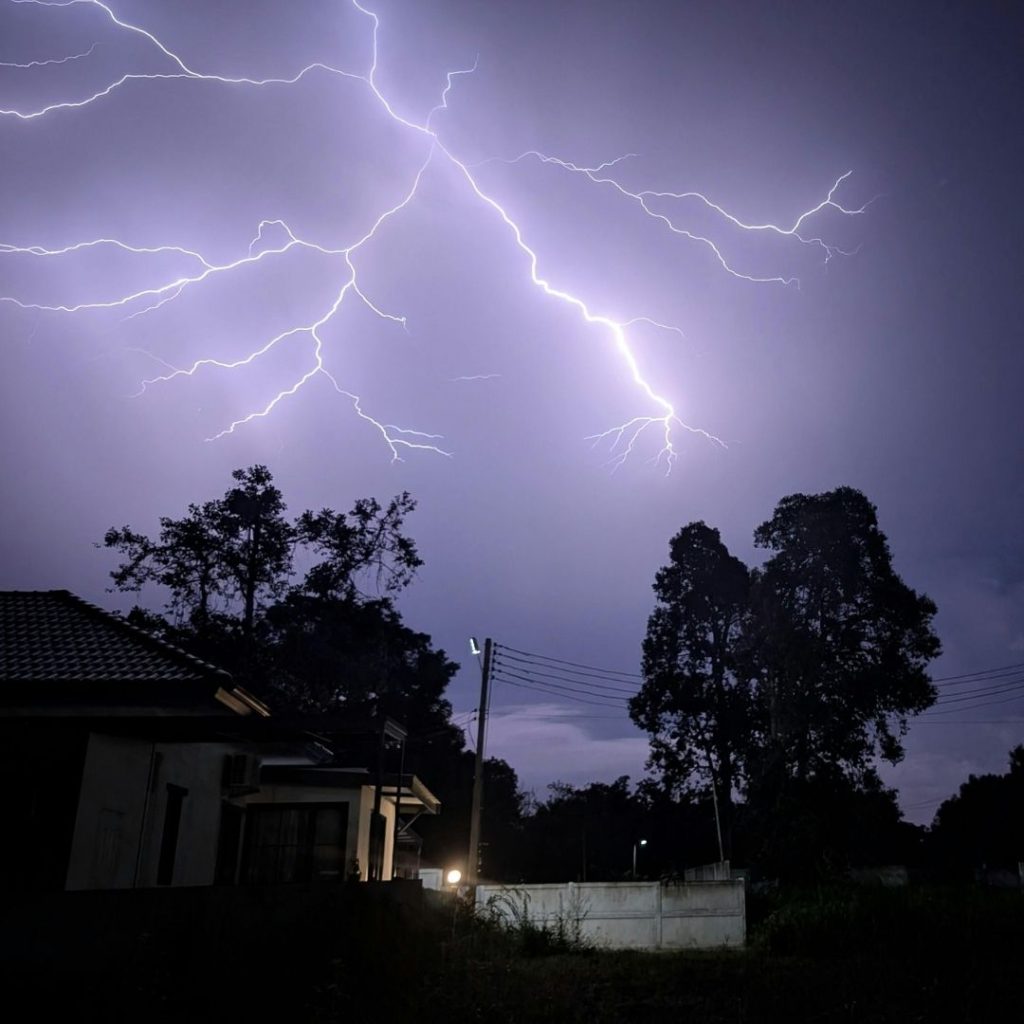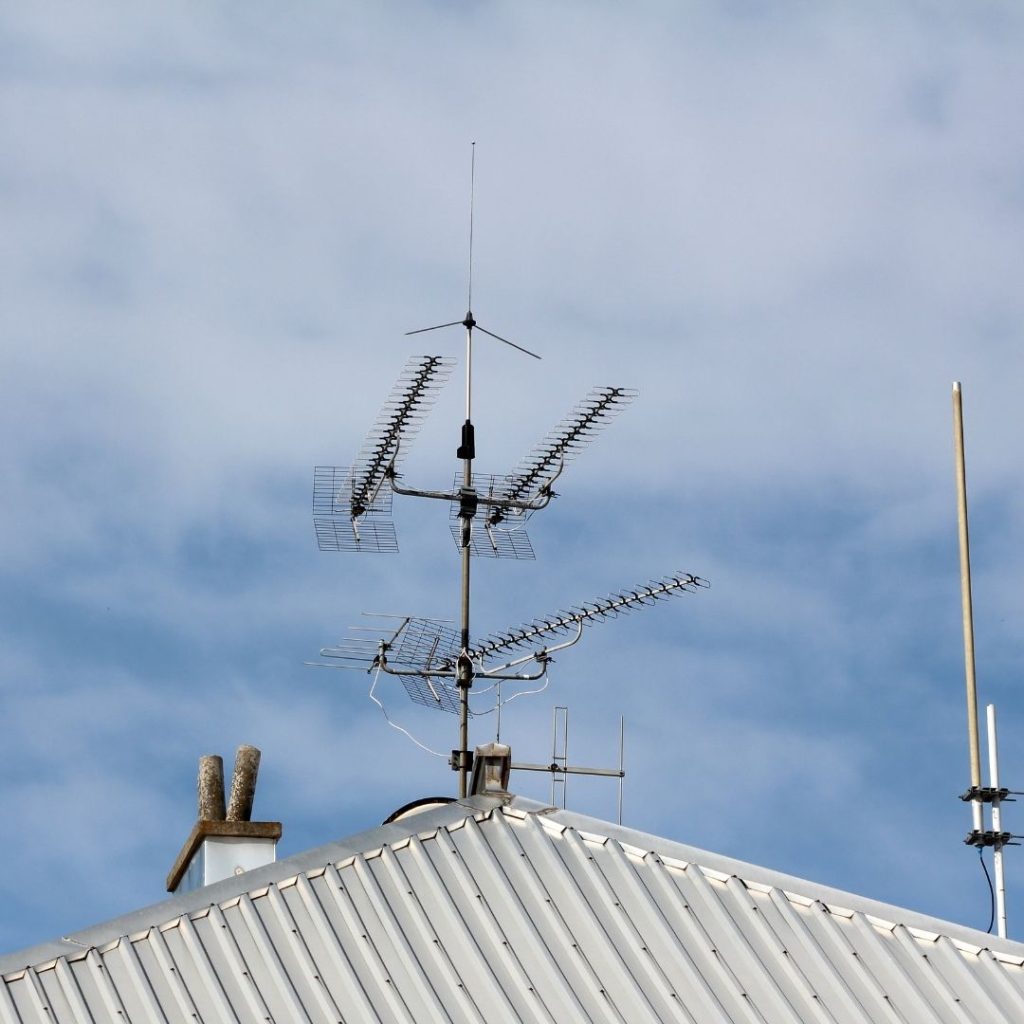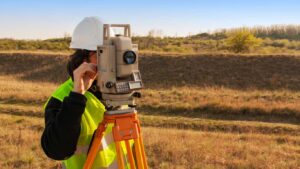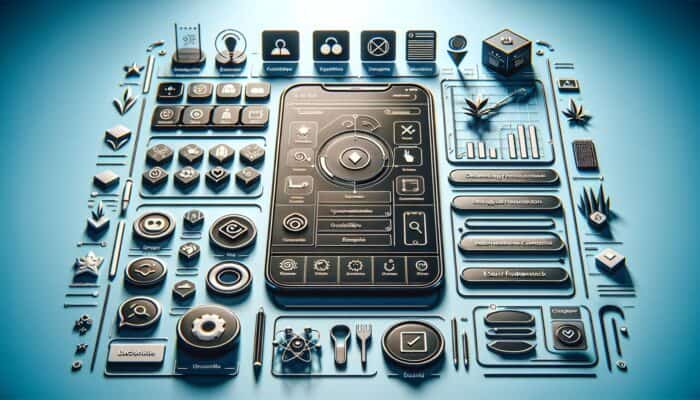Metal roofing is recognized as one of the most robust and enduring roofing options available in Australia. Homeowners appreciate its exceptional durability, longevity, and energy efficiency, solidifying its status as a preferred choice for residential properties. However, many property owners often wonder — do metal roofs attract lightning?
As more homeowners invest in Starlink dishes and various aerial devices, concerns about lightning strikes have become increasingly prevalent. In this in-depth discussion, we will explore the facts surrounding this topic, revealing why metal roofing, when paired with antennas and satellite systems, is often safer than most people might think.

Understanding the Relationship Between Metal Roofs and Lightning Strikes
Contrary to widespread belief, the idea that metal roofs attract lightning is misleading; in fact, a metal roof does not attract lightning at all. Lightning is naturally attracted to the highest points in any landscape, and this phenomenon is independent of the roofing material used. Lightning seeks the path of least resistance to reach the ground, which is why it typically strikes taller structures like trees, poles, or antennas instead of the roofing material itself.
In the rare event that a home with a metal roof is struck by lightning, there is reassuring information to consider: metal roofs have the capability to safely disperse the electrical energy. Unlike roofing materials such as tile or timber, metal is not easily ignited or burned. When lightning strikes, the electrical charge spreads quickly across the surface of the roof and dissipates harmlessly into the ground, especially if the building’s grounding system is properly installed and maintained.
To summarize, opting for a Colorbond® roof does not heighten the chances of your home being struck by lightning. However, in the unlikely event of a lightning strike, having a metal roof is among the safest choices, providing homeowners with significant peace of mind regarding their safety and security.
Assessing the Lightning Strike Risk of Aerials and Starlink Dishes
Similar to metal roofs, aerials, antennas, and Starlink dishes do not inherently attract lightning simply due to their presence. Instead, lightning is drawn to height and isolation, rather than specifically to the metal components of these devices.
If an aerial or dish is the highest point on your property, it may become the most likely target for lightning strikes. This scenario occurs because of its elevated position, not because of the metallic nature of the device. Therefore, it is essential to understand that the likelihood of a lightning strike is largely determined by the height of the structure, rather than the materials from which it is constructed.
To enhance safety and mitigate risks, consider implementing the following best practices:
- Ensure that the dish or antenna is professionally installed and grounded according to the AS/NZS 1768 lightning protection standards.
- Bonding and grounding the system is imperative, as this allows any electrical surge to travel safely to the earth, significantly diminishing the risk of damage to your equipment or property.
- Avoid utilizing isolated, ungrounded poles that extend significantly above the roofline, as these structures increase the likelihood of attracting lightning strikes.
When installed correctly, a Starlink dish or roof-mounted aerial on a Colorbond® roof remains completely safe, even during intense electrical storms.

Exploring the Comprehensive Safety Benefits of Metal Roofing Materials
Beyond the essential aspect of lightning safety, metal roofing offers a wide array of inherent protective features that make it an outstanding choice for discerning homeowners:
- Fire Resistance: Metal is intrinsically non-combustible, making it a superior selection for areas susceptible to bushfires and wildfires.
- Storm Durability: Metal roofs are engineered to endure hail, strong winds, and heavy rainfall far more effectively than many traditional roofing materials, ensuring protection against severe weather.
- Corrosion Protection: Colorbond® coatings provide excellent protection against rust and corrosion, even in coastal regions where salty air can pose challenges.
- Energy Efficiency: Reflective coatings on metal roofs significantly reduce heat absorption during the sweltering summer months, leading to lower energy bills and a more comfortable indoor environment.
- Structural Lightness: Metal roofing is lighter than tile options, reducing stress on the roof frame and enhancing the overall structural integrity of the building.
Essential Strategies for Maintaining Roof Safety and Efficiency
To ensure complete peace of mind regarding the safety of your roof and any mounted equipment, conducting regular inspections is crucial:
- Following storm events, inspect flashings, fixings, and sealants to confirm they remain intact and functional, preventing potential leaks.
- Keep gutters and valleys free from debris to avoid overflow and possible water damage to your property.
- Verify that any antenna installations are adequately grounded to minimize risk and enhance overall safety.
AWS Roofing provides professional inspections and roof replacements across the Central Coast, Newcastle, and Hunter regions, ensuring that each roof operates safely and efficiently while offering maximum protection to your home.

Key Insights on Metal Roof Safety and Performance
A metal roof does not attract lightning; on the contrary, it plays a significant role in safeguarding your home from lightning strikes. When complemented by professional installation and proper grounding of any roof-mounted equipment, a Colorbond® metal roof emerges as one of the safest, most reliable, and longest-lasting roofing systems available in Australia.
If you require expert assistance for metal roofing installation or replacement, please reach out to AWS Roofing, trusted specialists in durable and compliant roofing systems throughout NSW.
Do Metal Roofs Attract Lightning? (And Aerials or Starlink Dishes)
The Article: Do Metal Roofs Attract Lightning? A Look at Aerials and Starlink first appeared on https://writebuff.com
The Article Metal Roofs and Lightning: Insights on Aerials and Starlink Was Found On https://limitsofstrategy.com
The Article Metal Roofs and Lightning: Exploring Aerials and Starlink Insights First Appeared ON
: https://ad4sc.com













Leave a Reply